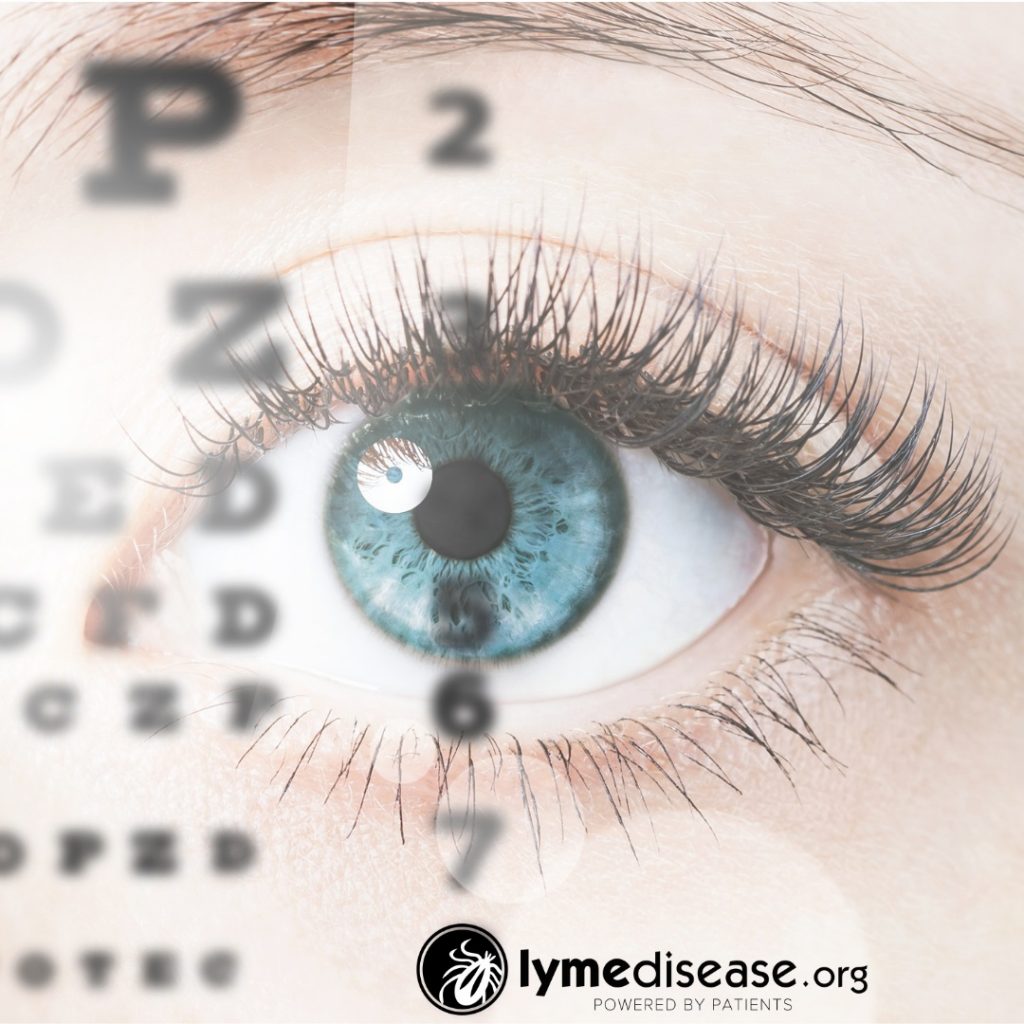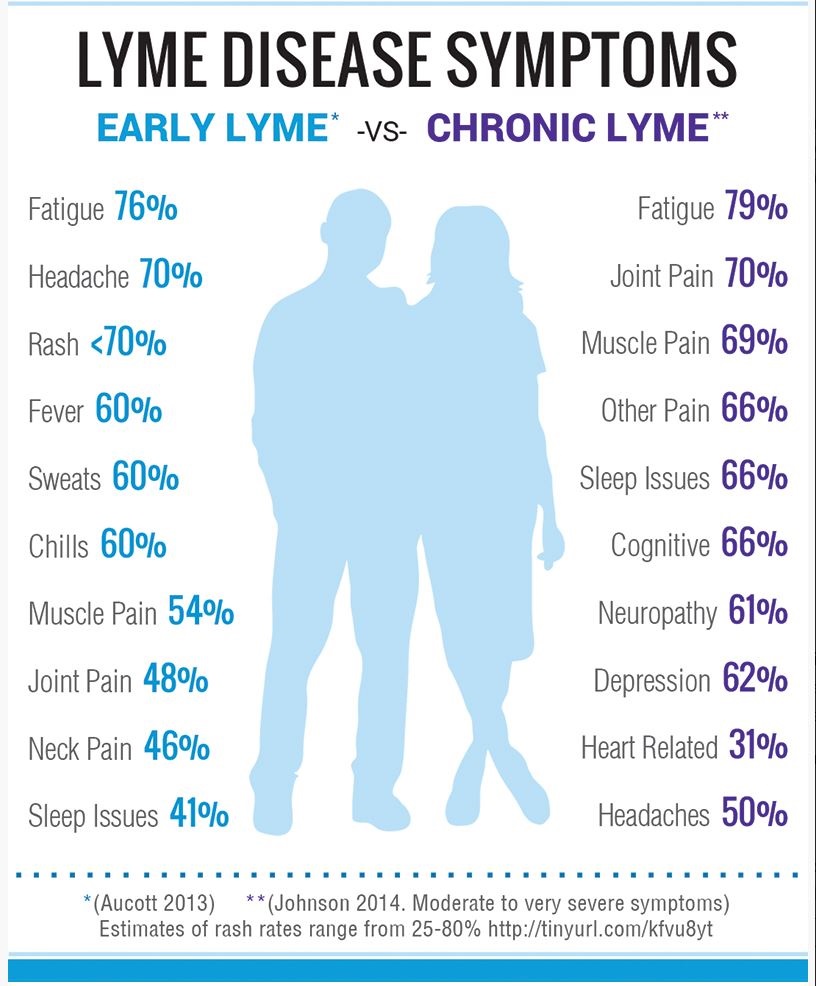LYME SCI: Lyme disease can impact your vision’s “contrast sensitivity”

Lyme disease can affect the eyes. Ocular symptoms including light sensitivity, pink eye, and swelling around the eyes have been described in up to 11% of patients with acute Lyme infections.
A new study from the Lyme Disease Research Center at Johns Hopkins School of Medicine shows Lyme disease can impact the eyes’ ability to distinguish the foreground from the background. This is called contrast sensitivity, or CS.
Driving at night or under conditions of low light, fog or glare are good examples of activities that require CS.
Past research has shown that even with prompt early treatment for Lyme disease, 10-20% of patients continue to have lingering symptoms.
The most prominent of these chronic symptoms are fatigue, widespread musculoskeletal pain, and cognitive difficulties. Patients also report a wide range of neurologic, sleep, ocular, mood, and other symptoms.
When Lyme treatment is delayed, the risk for developing chronic symptoms is much higher. In the MyLymeData project, 70% of participants were not diagnosed until six months or more following the onset of their symptoms.
Delayed treatment allows the bacteria to disseminate throughout the body, leading to conditions such as neuroborreliosis, Lyme arthritis or Lyme carditis.
The Hopkins CS study compared 214 patients with persisting symptoms of Lyme disease to 60 healthy controls. The researchers found that CS impairment in patients with persistent symptoms in Lyme disease is associated with higher signs of cognitive and neurologic impairment and may be a marker of illness severity.
In fact, in this study, patients with CS impairment were 2.6 times more likely to be in the group with persisting symptoms following treatment for Lyme disease. (The researchers labeled this category as post-treatment Lyme disease–PTLD.)
The researchers point out that in multiple sclerosis, loss of CS predicts the onset of cognitive impairment and dementia.
The recent study does not speculate about the specific reason for CS impairment in Lyme patients. Instead, researchers only suggest that a detailed ophthalmic examination and further study should look at retinal and optic nerve changes in these patients.
The authors “hypothesized that patients with PTLD would have more CS impairment than controls and that this impairment would be associated with neurologic and cognitive abnormalities.”
Since the CDC now estimates that 475,000 people will be diagnosed with Lyme disease every year, it would be good for eye doctors to be aware of the link between CS and Lyme.
You can help spread the word by sharing this article with your eye doctor at your next visit.
LymeSci is written by Lonnie Marcum, a Licensed Physical Therapist and mother of a daughter with Lyme. In 2019-2020, she served on a subcommittee of the federal Tick-Borne Disease Working Group. Follow her on Twitter: @LonnieRhea Email her at: lmarcum@lymedisease.org .
References
Rebman AW, Yang T, Aucott JN, Mihm EA, West SK. (2021) Contrast sensitivity loss in patients with posttreatment lyme disease. Trans Vis Sci Tech. DOI: https://doi.org/10.1167/tvst.10.3.27





















We invite you to comment on our Facebook page.
Visit LymeDisease.org Facebook Page